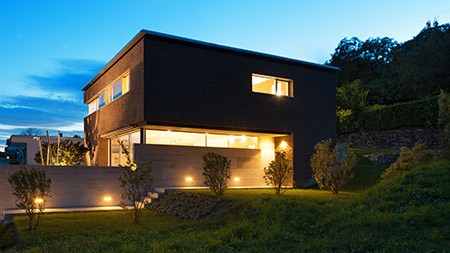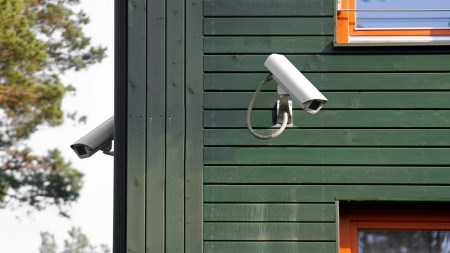Homeowners should think of their home’s security in layers and install security features for each layer, to slow down or prevent unwanted access to their homes.
There are many aspects to consider when it comes to property and security should be at the top of the list. So says Clive Humphrey, Managing Director of ADT Central.
“An alarm system and armed response are practical measures which can deter criminals from attempting to enter a home in the absence of the owner. That said, home owners need to consider what could happen if criminals were to try to gain entry into their house while they are inside. For this reason, we propose that homeowners look at home security in layers.”
The outermost layer of security – your suburb:
• Does your area have a neighbourhood watch or community security scheme? It is important that residents act as the eyes and ears of authorities and report any suspicious persons or situations to them
• Is there sufficient street lighting?
• If you stand in the street and look at your home, does your house look well-kept? A well-kept periphery conveys the message that the owners pay attention to the property which by connotation denotes that security measures are probably in place.
The second layer of defence – the exterior of your home:
There are several questions to ask when it comes to the exterior of your home, but first and foremost is evaluating if it is a target:
• Are bushes or trees overgrown? Any large shrub or tree should be kept trimmed to ensure that they do not serve as possible hiding places for would-be criminals
• Make sure that all garden tools or any item that can be used as a means of gaining entry or a weapon have been packed safely away in a locked garage or shed
• Are there any visible deterrents like CCTV cameras fitted near entrances or under the eaves and have security company signboards been displayed in first-floor windows or mounted on exterior walls?
• Security systems wired to doors and windows are also important as the blaring of an alarm siren could scare an intruder from trying to get further into your home
• How effectively have burglar bars and safety gates been fitted to windows and doors respectively? Ideally, these should be installed on the inside as intruders could be frustrated and deterred when they realise bars or gates still lie in their way
• Have proper, strong locks been fitted to the doors and windows?
The third layer of security – inside the home: bedrooms and living areas:
This final layer of security is aimed at protecting your family from harm and safeguarding your belongings:
• Can your home be easily accessed via the roof? Consider placing sensors in the ceiling to detect intruders
• Having panic buttons strategically placed throughout the house, for example in bedrooms and living areas, can ensure that if a member of the household were to come across a burglar trying to break in, they would quickly and easily be able to activate an alarm notifying the relevant security company of an incident
• Surveillance cameras, motion sensors or passive alarms in bedrooms can detect movement in the house when you are away from home
• Are smaller valuables, like jewellery, cash and passports safely secured? In this regard diversion safes can be used to guard these items
Notes Humphrey: “Layering measures for home security is very important as doing so would mean it would take more time for any burglar to gain entry to your home and, ultimately, access to your family and belongings. Such delay-tactics could serve as a source of frustration for potential intruders, dissuading them from breaking in and increasing the chances of apprehension and arrest.”
Humphrey adds that as an integral part of the home security barrier, it’s advisable to service alarm systems annually to ensure it is in proper working order. He explains that it is also of utmost importance that homeowners notify security companies of any alterations to their properties in order for the alarm system to be adapted to address any new security needs.



